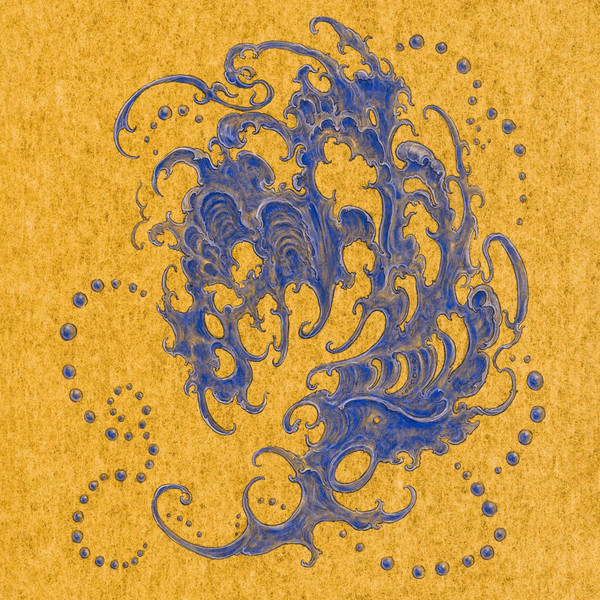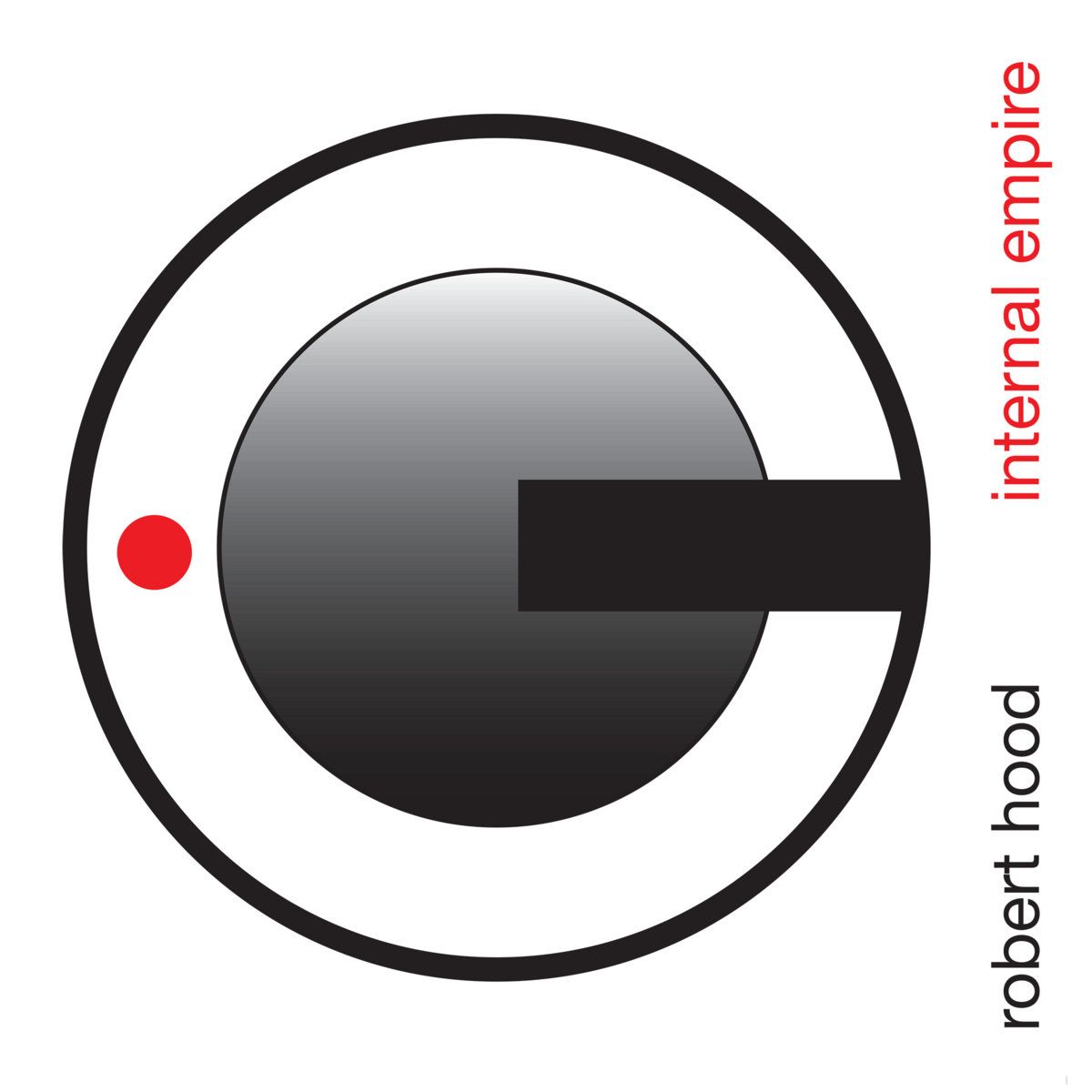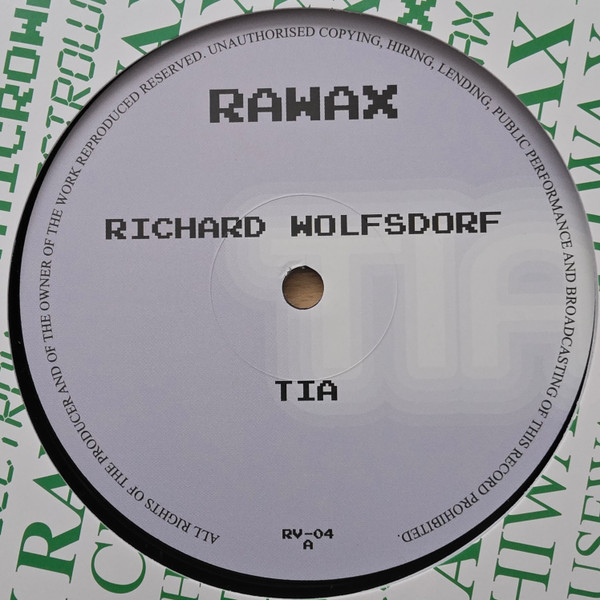By continuing your navigation on this website, you accept the use of cookies for statistical purposes.
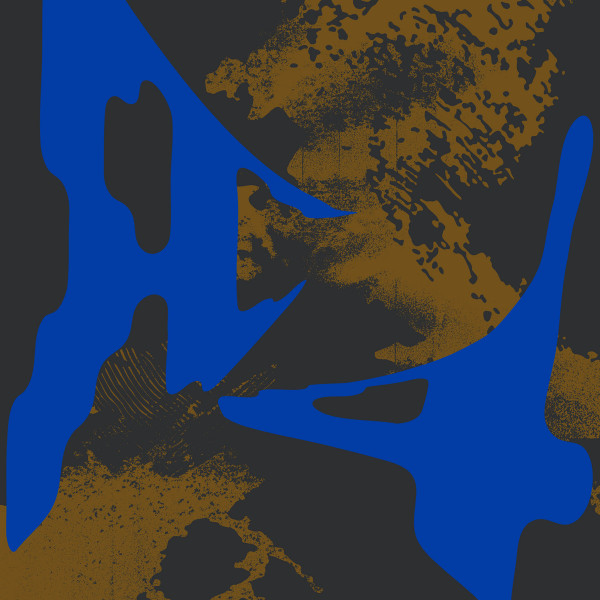

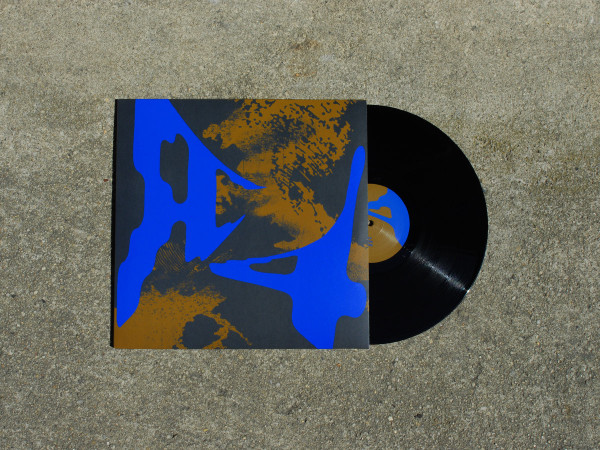
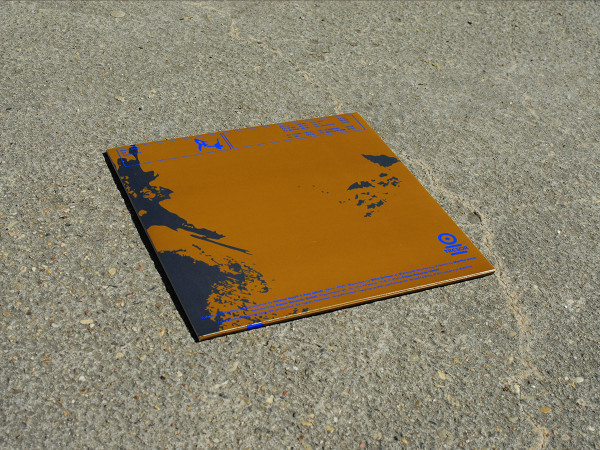
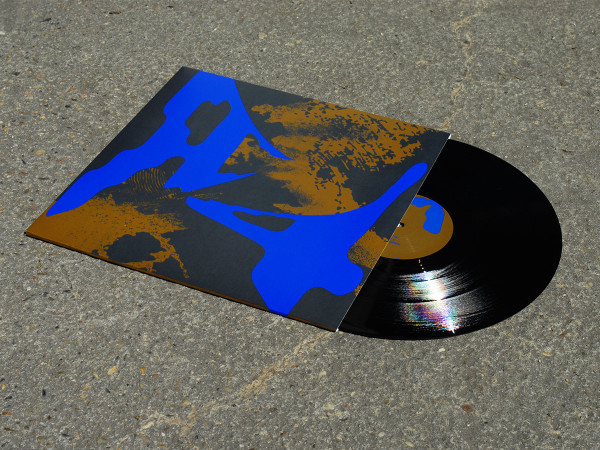
A1
C4
A2
Boxx
A3
Blokk
B1
Flikk
B2
3D
C1
707
C2
II
C3
Skketch
D1
Uurwerk
D2
Motherjam
On June 27, 2025, a long-dormant signal reactivates from Hamburg’s hidden places: Helena Hauff and F#X return as Black Sites with R4 on Tresor Records — their first full-length album and the first release under the moniker since 2014. Like a hieroglyphic recently discovered and translated, R4 feels more like a long-awaited resumption than a comeback.
Recorded to tape with minimal editing or post-production, the record is a classic example of the symbiotic relationship that can emerge from the interaction of human and machine. This punk ethos isn’t invoked through distortion alone, but through method: the album breaks from the received wisdom that hardness must be tethered to speed — most of the tougher pieces are lower BPM, and vice versa (with one notable exception in the mind-melting stomp of BLOKK).
Across ten tracks, Black Sites traverse a landscape where genre dissolves into intention. The album migrates through electro’s danceability, acid house’s corrosion, and into the liminal realm of machine funk — a genre coined by Andrew Weatherall, which sounds like the result of technology dreaming of soul. The emphasis is on live execution, on immediacy over perfection — a sound forged in the act of creating, not polishing.
In a 2013 interview, around the time of the first Black Sites EP, Hauff said she wants “things to fit together properly, but on another level, I really want them to make sense together.” That principle animates R4: the album’s form reveals itself in time, with each movement echoing and amplifying the others to create a synergistic whole.
From the opening crawl of C4 (a name that, like the music, foreshadows the explosions to come) to the end-of-the-night bliss of MOTHERJAM, via the intense peaks of BLOKK, 707, and the classic acid track 3D, it’s clear that R4 is a work made with serious intent — a refutation of a world where streaming has made the two-minute single the dominant musical form again. R4 demands immersion, not just attention. It is not a collection of tracks, but a singular, recursive experience: a mirror in which sound and listener repeatedly rediscover one another.

